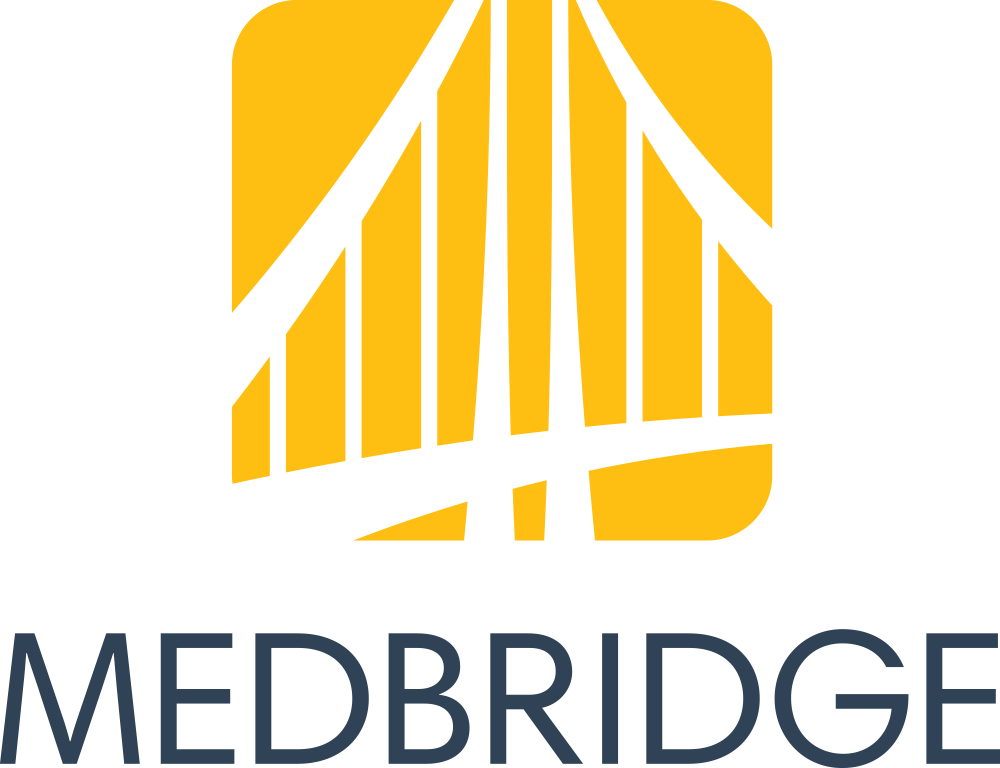Hi Sean,
I'm a new follower of your blog (on Facebook too!) and I thought I'd send you a quick e-mail about a neat use for Scratch (which you probably already know about - from the MIT Media Lab - a programming language for kids that allows them to make interactive projects). I'm an SLP at a public middle school in Massachusetts.
I have a young man on my caseload who presents with characteristics of both Asperger's and Oppositional Defiant Disorder. As you probably know or can imagine, it's very difficult to motivate a kid like this to participate in Social Thinking™ (love MGW) programming. He absolutely hates it. I have been able to get the concepts of expected/unexpected behaviors, red/weird thoughts, and calm/blue thoughts (among other concepts) into him. I was getting stuck when it came to finding an appropriate activity that we could do together that would: 1) motivate him to work with me and 2) offer me ample opportunities to give him feedback on his expected/unexpected behaviors.
Then I discovered Scratch! It's been a life saver because he's a smart kid, he loves creating projects, he did a little bit of the Scratch programming in his 6th grade computer class, and was excited to see the program again. Scratch itself requires lots of problem solving and critical thinking (which is great) but the process of the two of us creating a Scratch project together requires a lot of social negotations and perspective-taking. For example, how long does he get to have control of the mouse or what is an "expected" animation for him to make in school with me (especially when I've verbalized that I feel uncomfortable when he makes the Scratch cat bleed - oh yes, working with him is a challenge!) There are so many opportunities for him to think about what I'm thinking/feeling in those situations and modify his behavior/choices (with my feedback) to keep me thinking about him what he wants me to be thinking about him. It's true that no matter what we're doing, there are social thinking opportunities but we have to be doing SOMETHING (i.e. he has to be participating/talking to me) in order to accomplish anything and Scratch has proven to be very motivating for him.
So anyway, I just thought I'd share this unconventional but super helpful use of Scratch.
Hope you're having a good day. :)
-Jen
p.s. The King's Speech was AWESOME.
Jen is correct to state that this is an "unconventional" use of Scratch, but that's what we are all about here! Resources not designed for speech and language therapy can provide a great context; like Jen did, it's YOU that makes it therapy. Some kids are, as she said, already so therapized or averse to "pragmaticsy" (I have actually had clients who used that word to me, with distaste) instruction that even excellent curricula like MGW's are not going to fly if presented as direct lessons. Instead, we have to sneak these concepts in through other, more naturalistic contexts. Jen is also absolutely right that Scratch is considered a good preparation for later work in programming, to which many of our students are very well-suited. This post is really meant to whet your appetite about Scratch, as there's quite a lot to it, and I'd like to revisit it later. It's easy enough to get started, though! You will first need to download the program, then, in addition to viewing the intro video below, I'd recommend the Scratch Video Tutorials and Scratch Cards, which are quick ways to learn how to program in Scratch and can serve as lesson plans in following directions!






This comment has been removed by a blog administrator.
ReplyDelete